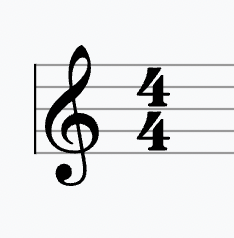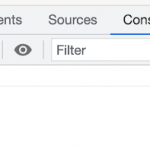This week I started working out how to format information within the note data structures so that it’s always readable by Vexflow. I wrote functions in the back-end that went through the output of the integrator of the pitch and rhythm processors and modified the duration of each element, so that it would always be a multiple of 4. This is because our STFT was designed such that 4 windows would correspond to the length of an eight-note in sheet music.
I then needed to make sure each duration is a power of 2. That’s because each subsequent note type (eighth, quarter, half, etc…) is 2 times the duration of the previous type. I iterated through the data and if any value was not a power of 2, I would split it into smaller notes. For example, if a notes was 24 units long, it would be split into notes of length 16 and 8. Then a Tie was added, which in music notation indicates that the durations of two notes are combined.
Here is a demonstration of ties in the music:

As you can see, the first measure has been properly split so that the duration of the measure doesn’t exceed 4 beats (or 32 units in the back end). One bug is the tie connecting the notes at the end of Row 1 and the start of Row 2. This week I plan to fix this by implementing dotted notes, which are another way we handle non-power of 2 note sizes that don’t result in this graphical error.
Testing
To check the results of the formatting algorithms, I manually generated several small note lists that were meant to represent the output of the integrator, then ran it through the formatting methods. For example, a list containing only a note of duration 12 would output a new list of length 2, which notes of duration 8 and 4.
In the future, I plan to implement tests that test data of varying tempos and time signatures, such as 3/4 and 6/8. I want the testing code to be robust and able to handle all these time signatures the same way, so that the same function can be used to generate notes from 6/8 as in 3/4, with the parameters of the function being changed.





